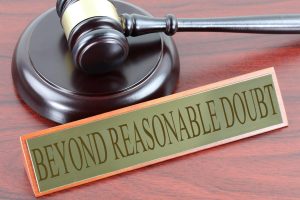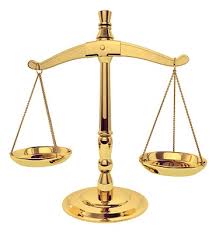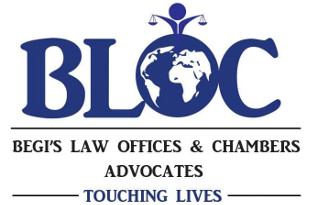Criminal Cases: The Winning Formula
INTRODUCTION

Prosecutors, are usually highly trained and experienced in the art of laying traps. They lay traps that many persons on the dock walk right into with eyes wide open. The traps laid are sometimes so subtle that even inexperienced lawyers fall right into them while leading the defence.
The purpose of this short article is to expose one major blunder that accused persons, and sometimes lawyers make, that cost them the case. This article is meant to guide anyone in a criminal trial on how to avoid making such a costly mistake.
Innocent until Proven Guilty
Article 50(2)(a) of the Constitution of Kenya provides as follows:
“Every accused person has a right to a fair trial, which includes the right to be presumed innocent until the contrary is proved”
In essence, the Constitution is stating that everyone accused of a crime has the right to be presumed innocent until proven guilty. This is the most fundamental principle upon which criminal law is founded. An accused person is granted all the privileges in a criminal trial, as if the accused person did not commit the crime accused of. This is well until the prosecution proves its case.
Proof beyond reasonable doubt

A lawyer once represented an accused person who had been arrested on charges of burglary. A burglary had happened and the burglar’s face had been caught on camera. The accused person was later on identified through review of camera footage, and arrested at his home.
The lawyer was smart. He did not bother to argue whether his client did it or didn’t do it. When it was his turn to cross examine witnesses, he simply called the accused person’s identical twin brother to court. He then asked all the witnesses to differentiate between the twin brother and the accused person and inform the court, from the camera footage, who actually committed the crime.
In his closing submissions to the court, he told the court as follows:
“Your honour, it is impossible, based on this video evidence to tell, whether the accused person was the burglar, or his identical twin was. It honestly could have been either one of them. Problem is, we don’t know which of them did it.”
The accused person was acquitted and the smart lawyer won the case. He only won the case because he understood the principle of proof beyond reasonable doubt. He did not focus on arguing that his client did not do it. His main argument could be summarized into one statement”
“We ARE NOT SURE whether the accused person did it, or not“.
This is different from saying:
“The accused person did not do it.“
Or saying:
” We can prove that the accused person did not do it“.
Avoiding the trap
It is very easy to fall into the trap of defending oneself when one is accused. Prosecutors are trained to provoke accused persons as much as possible and induce them to try and defend themselves, instead of focusing on creating reasonable doubt in the case.
Skilled criminal defence lawyers are trained to ignore all prompts to defend their clients and focus more on poking holes into the prosecution case, so as to frustrate prosecutors into failing to prove their cases beyond reasonable doubt.
As a criminal defence lawyer, my only job in the courtroom is to create as much doubt as possible. The more doubt I create, the higher the chance of my client being acquitted (found not guilty). This sometimes causes anxiety on clients who expect that I would be forcefully defending them.
Conclusion

In my years of experience, I have found that doubt creation is the best litigation strategy in criminal cases. In a subsequent article, I will explain to you the best doubt creating strategies that win criminal cases.


Very good
Hello Nicholas,
Thank you for taking your time to read through our articles, Keep it locked for more.